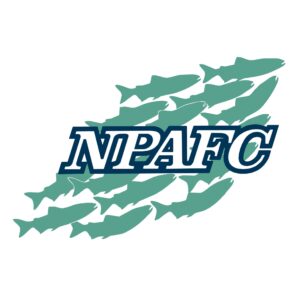
A preliminary report issued May 19 during the annual meeting of the North Pacific Anadromous Fish Commission (NPAFC) in South Korea, says the Pacific salmon harvest in the North Pacific Ocean in 2022 was the second lowest catch of the 21st century.
Despite a growth in total catch compared to 2020, even-year pink salmon catch continued to decline to a level last seen from 1988 through 1992. The last time the pink salmon portion of total catch weight equaled 36% was in 1994 and 1996.
The report was compiled using data provided by member countries Canada, Japan, the Republic of Korea, the Russian Federation, and the United States. Individual country totals reported were 50% by the United States (352.1 thousand metric tons, of which 342.3 thousand metric tons was caught in Alaska), 37% by Russia (265.1 thousand metric tons), 12.4% by Japan (88.2 thousand metric tons) and less than 1% by both Canada (4.8 thousand metric tons) and South Korea (138.3 metric tons).
Pink salmon constituted 36% of the overall catch, followed by sockeye, 30%, and chum salmon at 30%. Coho salmon comprised 2%, while Chinook salmon, cherry salmon and steelhead trout were each less than 1% of the catch by weight.
The total sockeye salmon commercial catch was 215 thousand metric tons, the second highest ever recorded catch, behind 1993, and exceeded total chum salmon catch of 212.9 metric tons for the first time.
The report said pink and chum salmon dominate Asian catches, but overall catches have generally been in decline since 2011. Pink salmon harvests reached a high of 516.9 thousand metric tons in 2018, but declined to 146.4 thousand metric tons in 202, their lowest level since 132.4 thousand metric tons in 2002.
The total North American catch in 2022 was 356.9 thousand metric tons. While chum salmon harvests declined from 101.2 thousand metric tons in 2017 to 54.6 thousand metric tons in 2022, sockeye salmon harvests rose to 177.2 thousand metric tons in 2022, compared to the five-year average of 126.1 thousand metric tons.
In Alaska, sockeye and pink salmon are the major catch species, followed by chums. The 2022 chum salmon catch in Alaska rose to 50.3 thousand metric tons, up from 28.1 thousand metric toms in 2020., the lowest catch since 1989. In Canada, sockeye, pink and Chinook salmon comprised the most abundant species c While catches remain historically low, harvests for sockeye and pink salmon were larger, compared to 2021. In Washington, catches of 9.7 thousand metric tons of these salmon in 2022 were the highest total catches of salmon in that area since 2017, according to the NPAFC database.
